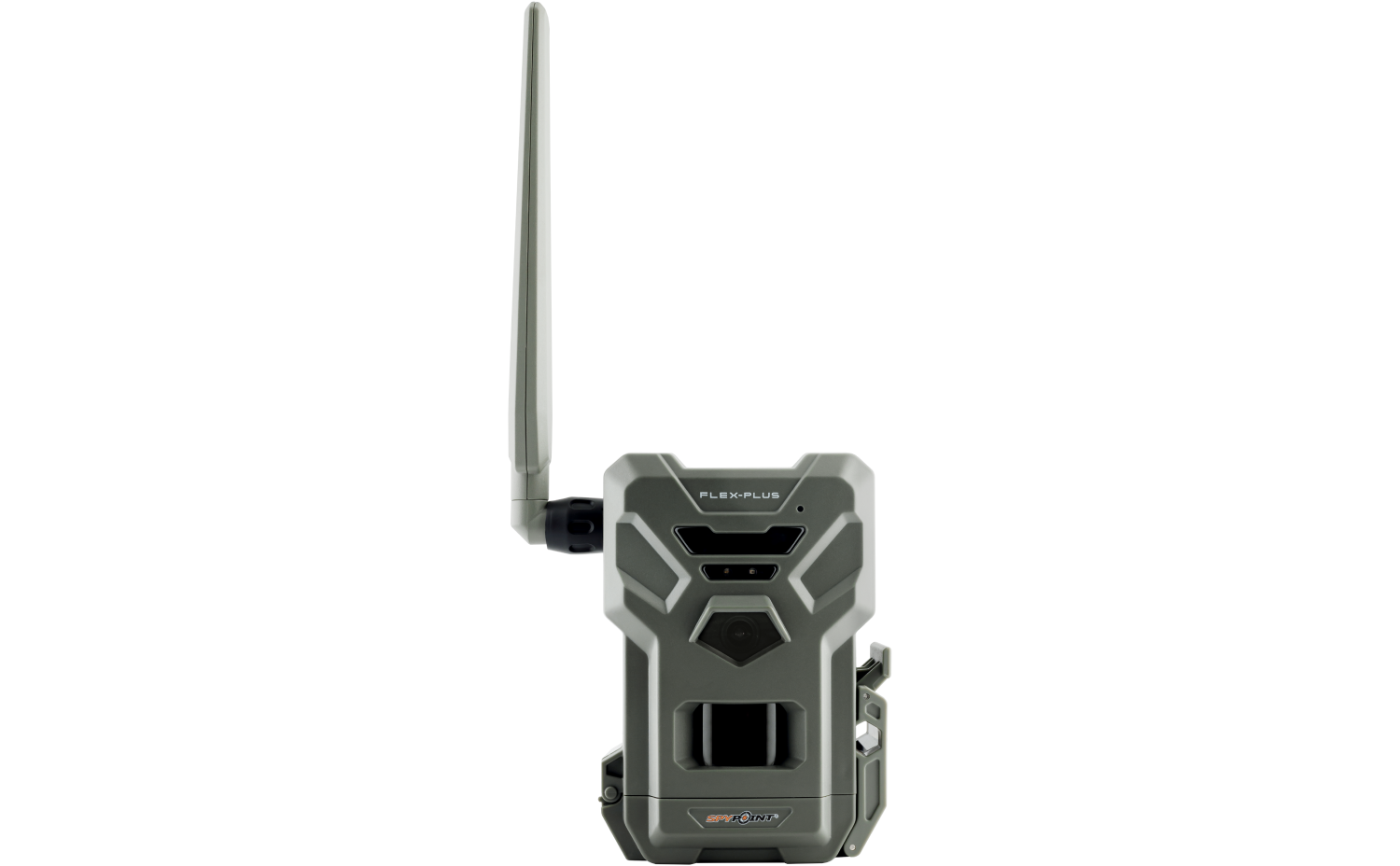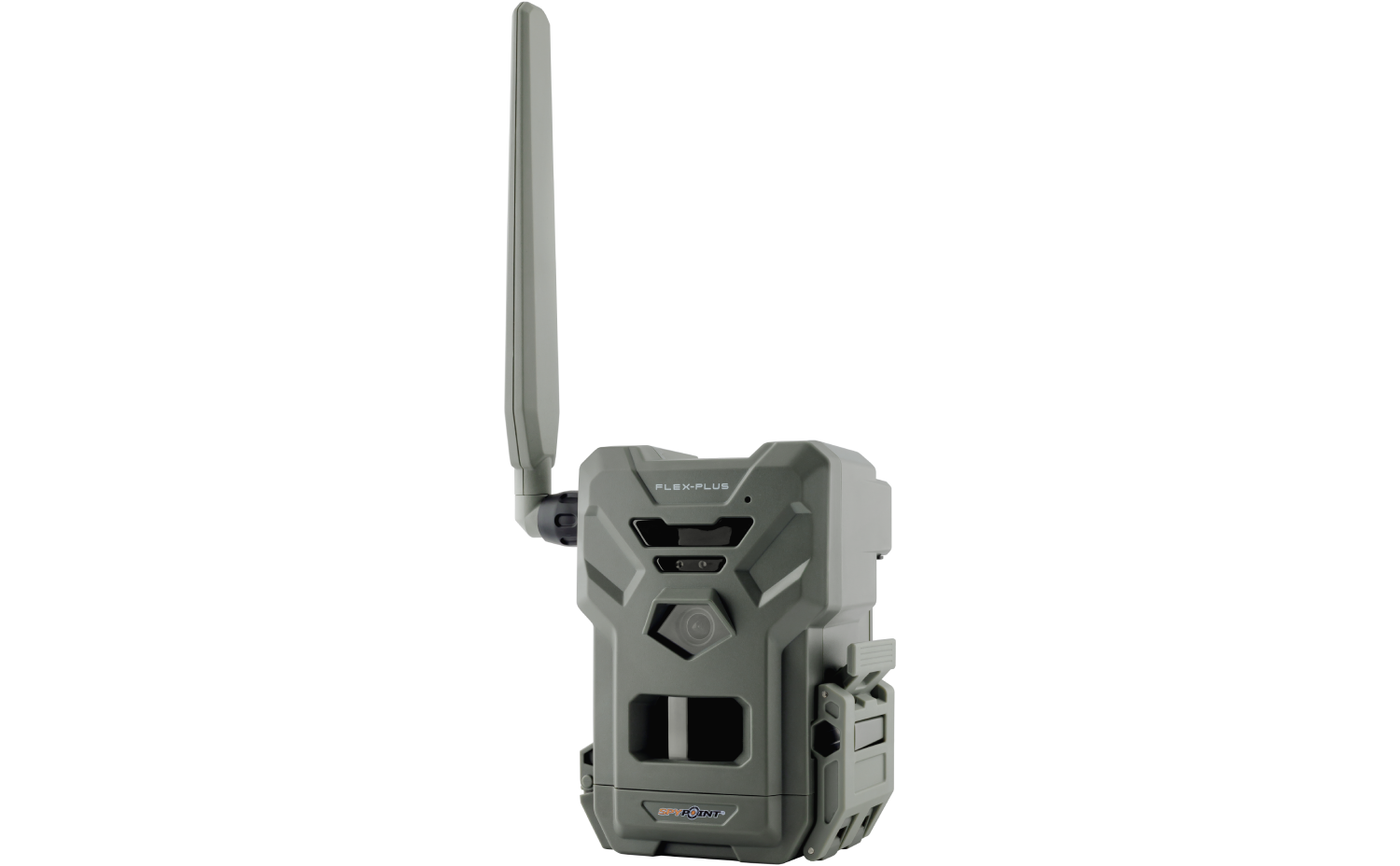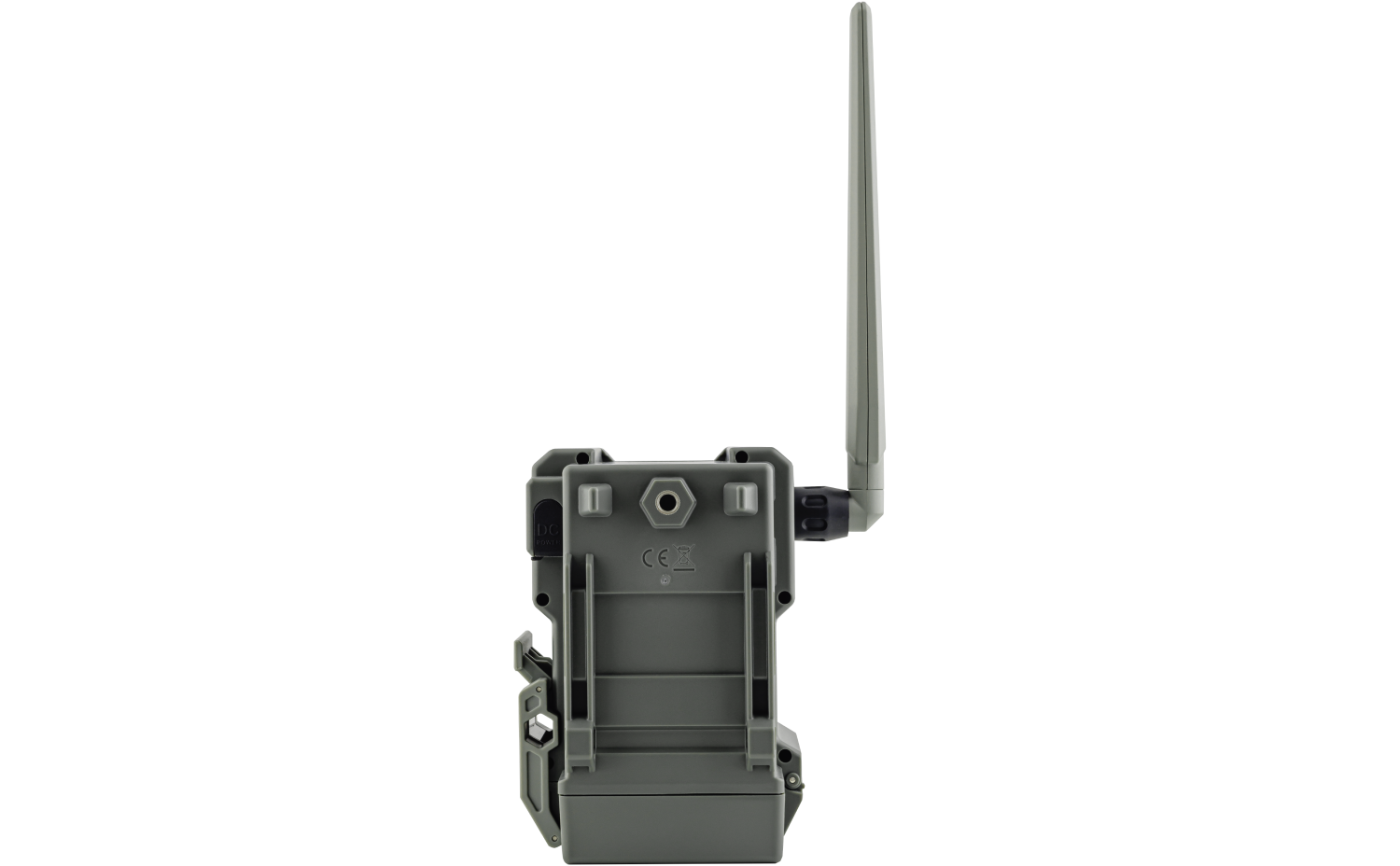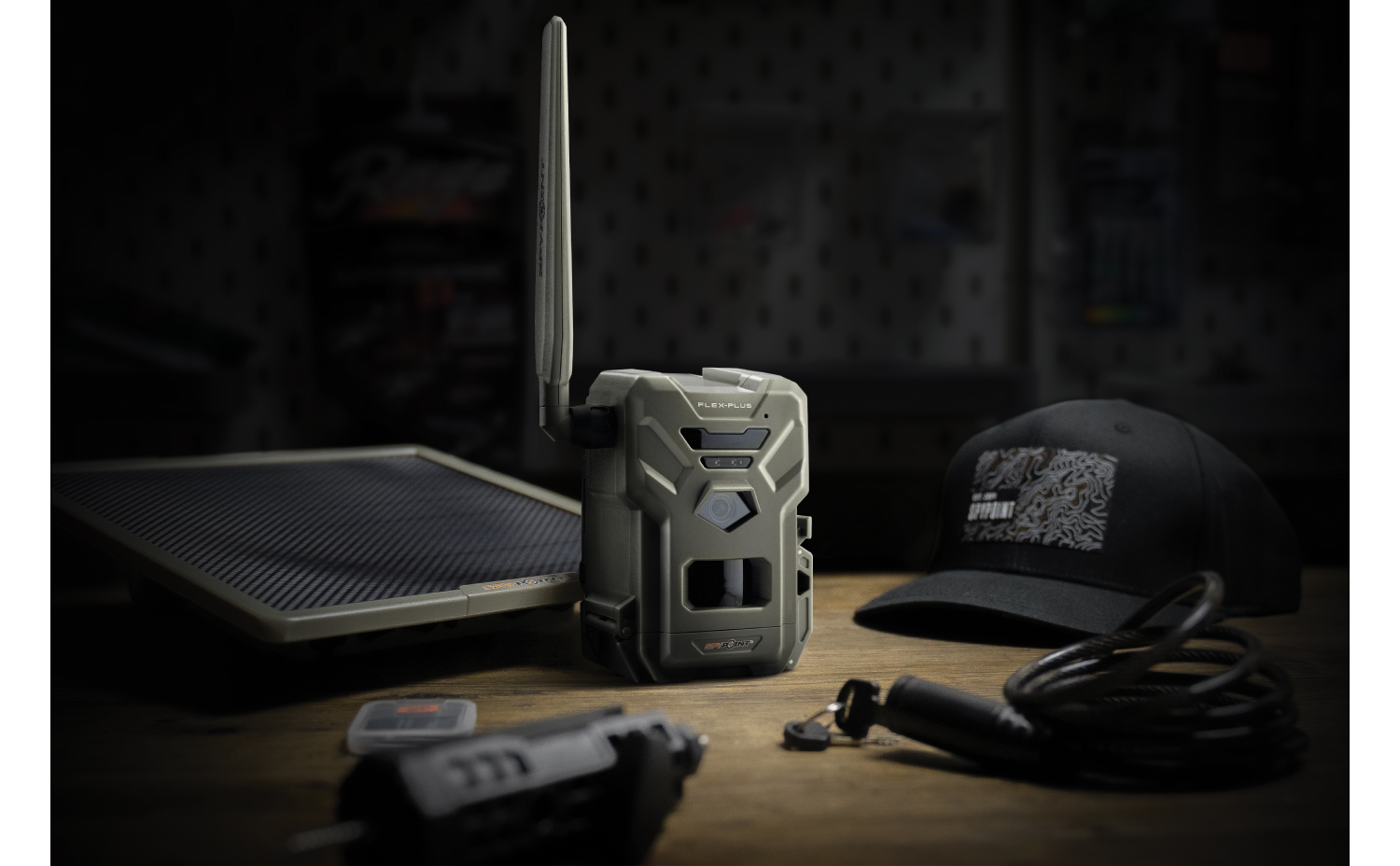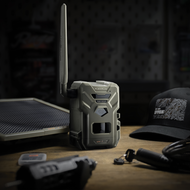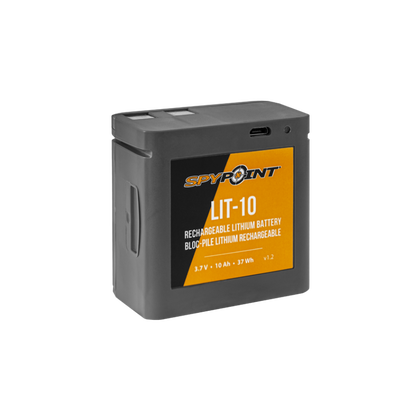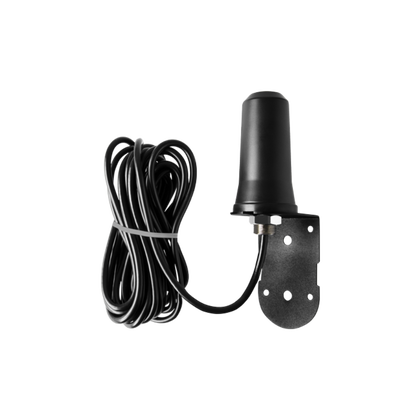With true Dual SIM technology, the FLEX-PLUS comes pre-loaded with two preactivated SIM cards that ensure cross-carrier coverage on all major cellular networks and continuous connectivity to the best coverage in the area. Setting up the FLEX-PLUS is simple, with mobile activation and on-camera buttons that allow you to format the required microSD card (not included) and take a test photo.
The camera offers four capture modes: Photo, Video, Time-Lapse, and Time-Lapse+. The Time-Lapse function takes photos at your preferred interval. The Time-Lapse+ function takes photos at your preferred interval and when the camera’s detection sensor is triggered, perfect for monitoring large areas beyond the camera’s detection range. The FLEX-PLUS also features Instant Mode, which allows you to change settings and request on-demand or high-definition photos and videos instantly via the SPYPOINT app. The responsive trigger optimizes the camera’s settings for the exact conditions at the time of the photo to deliver the best quality image, every time. Equipped with Constant Capture technology, the FLEX-PLUS can send and capture simultaneously, so you won’t miss a minute of action in the field. The FLEX-PLUS is also GPS-enabled to work with the maps feature on the SPYPOINT app.
Reviews
Rated 1 out of
5
by
Jester from
Batteries only last a week to a month in a half. Not worth the price or the time. Not worth upgrading to rechargeable batteries and a solar panel either, it would be cheaper to buy the flex s instead. Very disappointed in this product
Date published: 2025-06-29
Rated 3 out of
5
by
Lardy 44 from
Flex S dark
Happy with the pictures and battery life. But my transmission plan sends the same pictures every day. I only want to see each picture once and keep them on my phone. My plan was used up very quickly because of that and my phone is cluttered with the same pictures over and over.
Date published: 2025-12-09
Rated 5 out of
5
by
ElMécano from
Très heureux de mon achat
Je débute ma deuxième année avec cette caméra. Je suis très satisfait. La fonction "sur demande" est juste géniale. J'envisage d'en acheter une autre bientôt.
Date published: 2025-08-30
Rated 5 out of
5
by
Anonymous from
Capacité
Avec le pack double pour les batteries je manque plus
De puissance car je suis dans un endroit sombre
Date published: 2025-08-25
Questions
How long is the warranty on Flex m?
Hello Sdixon, thank you for your question. All our cameras, including the Flex M, are covered by a two-year warranty.
Date published: 2025-09-29
Would like to know if camera does well in hard to get signal places
Hello Bob, The camera is designed to automatically connect to the strongest available network provider in the area where it’s installed. If the location has limited or no signal, the camera will continue to take photos and store them locally on the SD card. Once a signal becomes available again, it will resume transmitting pictures as expected. This ensures that no activity is missed, even in remote or low-signal areas.
Date published: 2025-07-06

